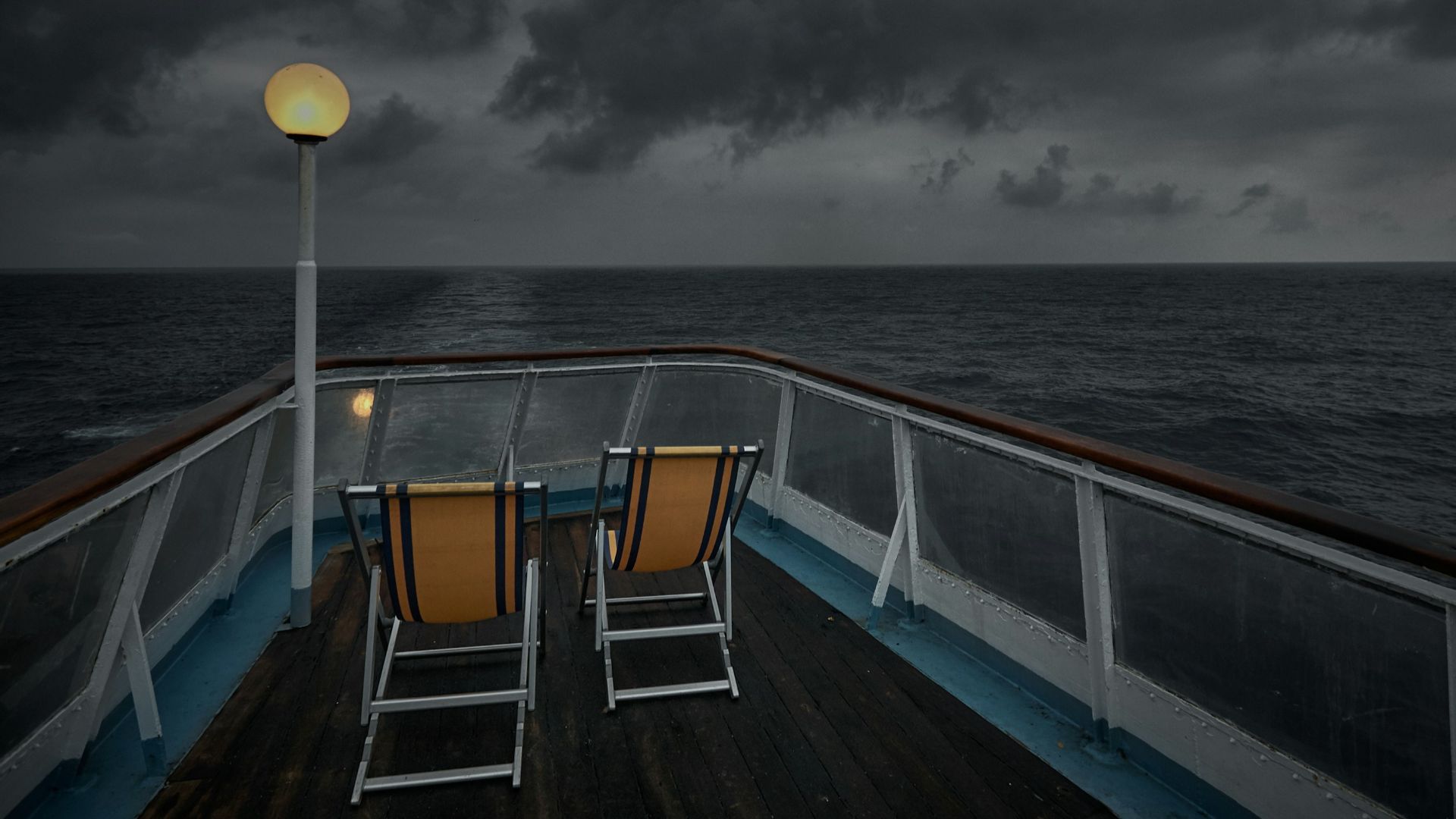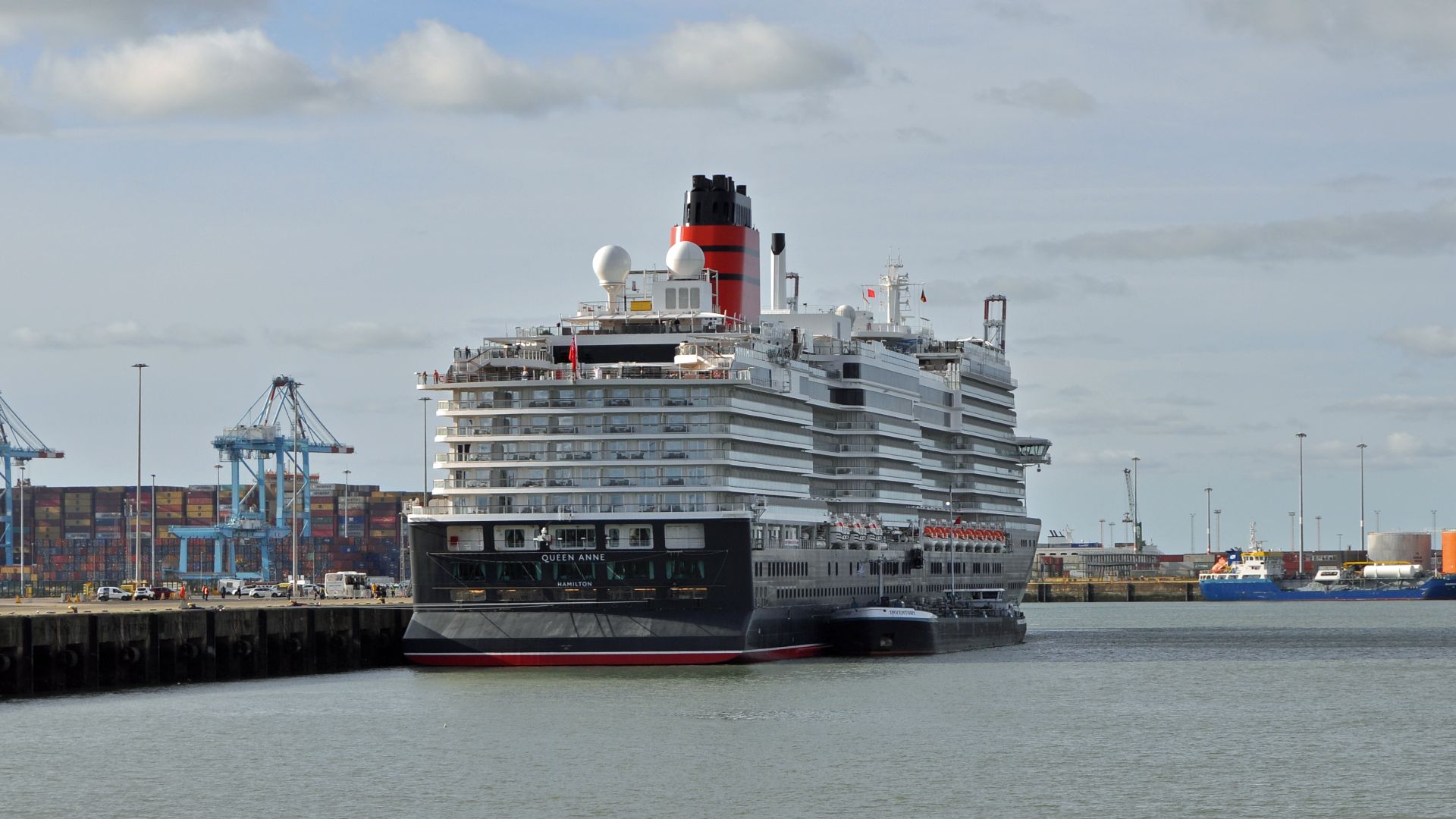The night began like any other on the elegant Queen Anne. Passengers dressed for dinner, soft jazz drifted through the lounges, and the sea shimmered beneath starlight. Then the calm was pierced by a voice over the intercom: “Ladies and gentlemen, we are entering a heightened level of security alertness.” For those on board, the evening of laughter suddenly turned into something strange and suspenseful.
So, let’s find out what really happened on that silent night at sea.
The Night The Cruise Went Dark
 Vidar Nordli-Mathisen on Unsplash
Vidar Nordli-Mathisen on Unsplash
Within minutes of the captain’s announcement, crew members moved swiftly through the corridors, asking guests to draw their curtains, switch off all lights, and stay inside their cabins. Queen Anne, famous for its golden glow and grand presence, vanished into the darkness.
The captain’s voice returned, calm but clear, explaining that the vessel was passing through the Sulu-Celebes Sea between the Philippines and northern Australia—waters known for past piracy incidents. Although there was no immediate danger, safety protocol required complete darkness until dawn. The words “piracy threats” were enough to send a chill through those who were sipping champagne.
Inside The Reality Of Modern Piracy
While most people think of pirates as figures of history, maritime piracy remains a real risk in certain regions. The Sulu-Celebes Sea has long been monitored for small-scale attacks involving fast boats targeting cargo ships and fishing vessels. Cruise liners, though rarely threatened directly, must still follow international safety regulations when crossing such areas. These include blackout procedures, restricted deck access, and the preparation of deterrent tools like high-pressure water cannons.
The logic behind these actions is preventive rather than reactive. By going dark, the ship reduces visibility to anyone scanning the waters. Crew members are trained to stay alert, monitoring radar and coordinating closely with maritime authorities. On the Queen Anne, the captain assured passengers that the alert was precautionary and part of normal procedure.
Yet for guests, the experience was unforgettable. And when morning finally arrived, Queen Anne resumed her normal rhythm. Curtains were opened, decks reopened, and breakfast buffets filled once more with laughter.
What It Means For The Future Of Cruise Travel
The incident aboard the Queen Anne underscores a simple truth: even in an age of GPS tracking and satellite monitoring, the ocean still demands respect. Luxury ships operate within a vast, living network of trade routes, naval patrols, and natural uncertainty. So, when a captain orders a lights-out protocol, it is not panic but professionalism in motion.
In the end, Queen Anne continued her voyage without incident. Ports welcomed her with music and celebration, while those onboard carried a story they would tell for years. The “pirate alarm” turned into a symbol of preparedness rather than fear—proof that vigilance can coexist with serenity on the open sea.








